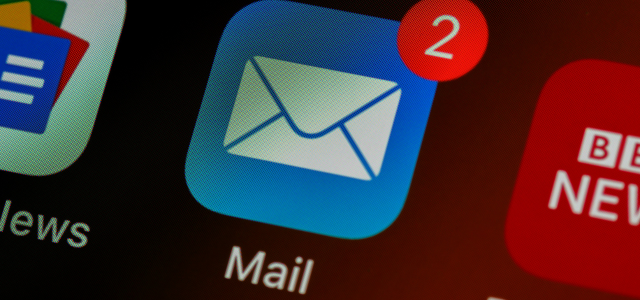Why Your Business Needs a Tech-Ready Continuity Plan for 2025
Alarms are sounding, screens are flashing, and suddenly your business operations pause. What’s your next move? For small and medium businesses, unexpected IT disruptions can threaten productivity, reputation, and your bottom line. That’s why having a business continuity plan—built around technology, cybersecurity, and rapid response—is essential for 2025.
At SkyViewTek, we help businesses prepare for the unexpected so you can recover quickly and keep moving forward. Here’s how to make sure your business is ready for whatever comes your way:
1. Map Out Your Critical Technology
Start by listing the systems your business relies on most: email, file servers, cloud applications, accounting software, phones, and more.
Why It Matters:
When technology goes down, knowing what’s critical helps you prioritize recovery—so you’re not left scrambling.
Pro Tip:
Work with your IT provider (Managed IT Services) to identify single points of failure and ensure reliable backups are in place for each.
2. Build Your Incident Response Playbook
When something goes wrong, your team needs a clear, step-by-step guide: Who do you call? What systems get attention first? How do you communicate with staff and clients?
Why It Matters:
A well-documented incident response plan turns confusion into confident action.
Pro Tip:
Keep emergency contacts (including SkyViewTek support) printed and accessible—even if your network is down.
3. Test Your Backups and Recovery Process
It’s not enough to have backups—you need to know they work. Regularly test restoring files, applications, and even entire servers.
Why It Matters:
The worst time to discover a backup failed is during a real crisis.
Pro Tip:
Schedule quarterly recovery drills with your IT team and document the results. Learn more about our proactive monitoring and backup solutions.
4. Train Your Team for Tech Emergencies
Even the best plan fails if your staff doesn’t know what to do. Run tabletop exercises and phishing simulations so everyone—from the front desk to the CEO—knows their role.
Why It Matters:
Well-trained employees can spot threats early and respond quickly, minimizing damage.
Pro Tip:
Make cybersecurity awareness training and incident response part of your regular training calendar.
5. Review, Update, and Stay Ahead
Technology and threats evolve quickly. Review your continuity and response plans at least once a year, or after any major incident or tech upgrade.
Why It Matters:
Staying current keeps your defenses strong and your business resilient.
Pro Tip:
Assign a point person to coordinate reviews and keep SkyViewTek in the loop for expert guidance and support.
Don’t Wait for the Sirens to Start!
When something goes wrong, you want to know your business is ready to respond—fast. A tech-focused business continuity plan, backed by SkyViewTek’s proactive IT support, means less downtime, lower risk, and more peace of mind.


